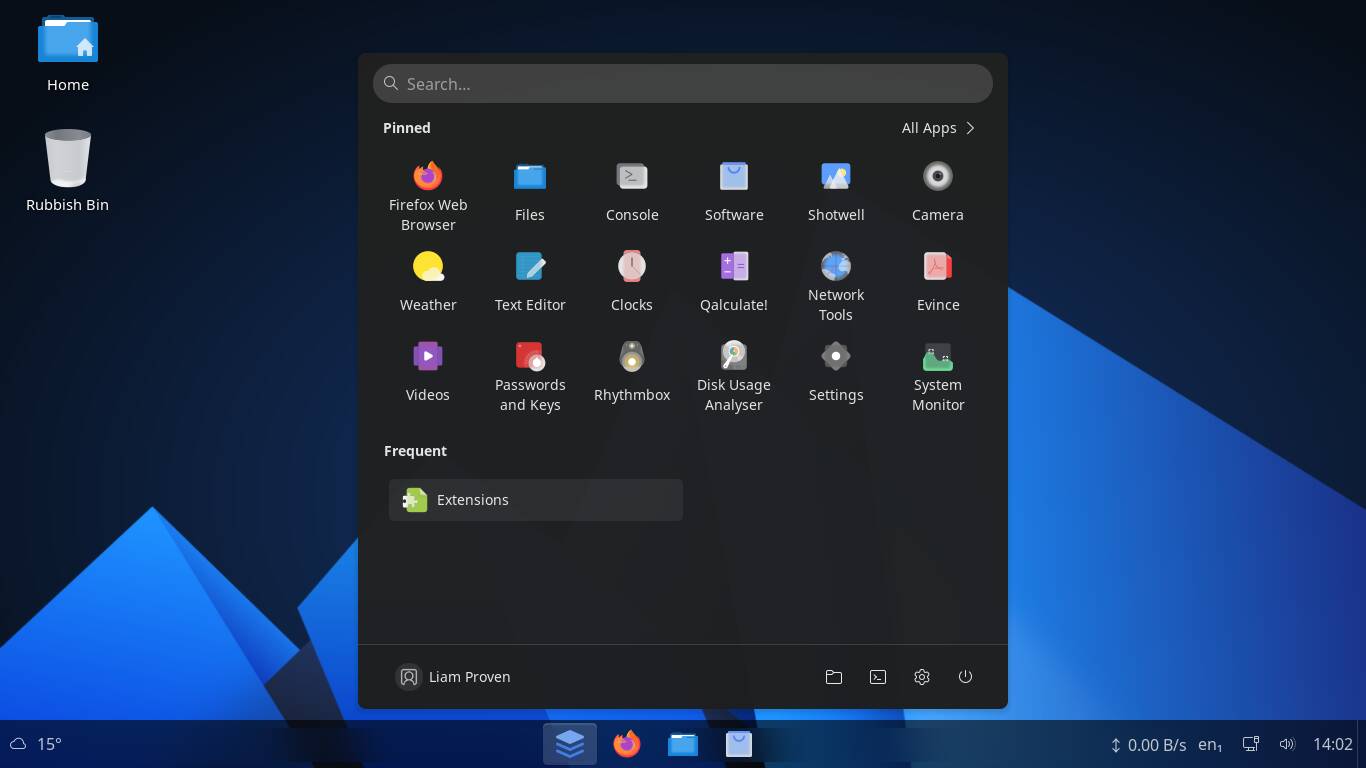Git Error: `fatal: refusing to merge unrelated histories`
What does this error mean? The error fatal: refusing to merge unrelated histories occurs when Git tries to merge two repositories that have no shared commit history. In other words, the repositories were initialized separately and now you're trying to connect them. Common scenarios: You created a local repo with git init, made some commits, and then connected it to a GitHub remote repo. You started a new Git repo over an existing project. You're trying to merge two completely separate repositories. How to fix it Use the --allow-unrelated-histories flag to force Git to merge: git pull origin main --allow-unrelated-histories Git will open your editor so you can confirm the merge commit. How to avoid this error 1. Clone first If you're starting a project from a remote repository, always clone it first: git clone https://github.com/user/repo.git cd repo This way, you start with the full remote history. 2. Avoid git init if you'll connect to a remote Don't initialize a local Git repo with git init if you plan to use a remote repository. Create the repo on GitHub first and then clone it. 3. Push with force only if needed If you've already initialized locally and added a remote manually: git remote add origin https://github.com/user/repo.git You may choose to force-push your local history: git push -u origin main --force ⚠️ Warning: this will overwrite the remote history with your local commits. Conclusion This Git error is common when setting up new projects. The fix is simple, but the key is understanding why it happens and how to structure your workflow to avoid it. Stick to best practices like cloning before coding, and avoid mixing multiple Git histories. Have you ever faced this error? How did you solve it?

What does this error mean?
The error fatal: refusing to merge unrelated histories occurs when Git tries to merge two repositories that have no shared commit history. In other words, the repositories were initialized separately and now you're trying to connect them.
Common scenarios:
- You created a local repo with
git init, made some commits, and then connected it to a GitHub remote repo. - You started a new Git repo over an existing project.
- You're trying to merge two completely separate repositories.
How to fix it
Use the --allow-unrelated-histories flag to force Git to merge:
git pull origin main --allow-unrelated-histories
Git will open your editor so you can confirm the merge commit.
How to avoid this error
1. Clone first
If you're starting a project from a remote repository, always clone it first:
git clone https://github.com/user/repo.git
cd repo
This way, you start with the full remote history.
2. Avoid git init if you'll connect to a remote
Don't initialize a local Git repo with git init if you plan to use a remote repository. Create the repo on GitHub first and then clone it.
3. Push with force only if needed
If you've already initialized locally and added a remote manually:
git remote add origin https://github.com/user/repo.git
You may choose to force-push your local history:
git push -u origin main --force
⚠️ Warning: this will overwrite the remote history with your local commits.
Conclusion
This Git error is common when setting up new projects. The fix is simple, but the key is understanding why it happens and how to structure your workflow to avoid it. Stick to best practices like cloning before coding, and avoid mixing multiple Git histories.
Have you ever faced this error? How did you solve it?

















































































































































































![[The AI Show Episode 148]: Microsoft’s Quiet AI Layoffs, US Copyright Office’s Bombshell AI Guidance, 2025 State of Marketing AI Report, and OpenAI Codex](https://www.marketingaiinstitute.com/hubfs/ep%20148%20cover%20%281%29.png)


![[The AI Show Episode 146]: Rise of “AI-First” Companies, AI Job Disruption, GPT-4o Update Gets Rolled Back, How Big Consulting Firms Use AI, and Meta AI App](https://www.marketingaiinstitute.com/hubfs/ep%20146%20cover.png)

























































































































![Laid off but not afraid with X-senior Microsoft Dev MacKevin Fey [Podcast #173]](https://cdn.hashnode.com/res/hashnode/image/upload/v1747965474270/ae29dc33-4231-47b2-afd1-689b3785fb79.png?#)




















































































































_MEGHzTK.png?width=1920&height=1920&fit=bounds&quality=70&format=jpg&auto=webp#)
-1-52-screenshot.png?width=1920&height=1920&fit=bounds&quality=70&format=jpg&auto=webp#)




















_David_Hall_-Alamy.jpg?width=1280&auto=webp&quality=80&disable=upscale#)
_Andriy_Popov_Alamy_Stock_Photo.jpg?width=1280&auto=webp&quality=80&disable=upscale#)





















































































-xl.jpg)







![[Open Thread] Google may have changed the face of visual media forever, but is it for the good?](https://www.androidauthority.com/wp-content/uploads/2025/04/Veo-2-in-Gemini-on-an-Android-phone-scaled.jpg)























![Apple Shares Official Trailer for Season 2 of 'The Buccaneers' [Video]](https://www.iclarified.com/images/news/97414/97414/97414-640.jpg)
![Apple Highlights Ceramic Shield, Stolen Device Protection, and More in New Ads [Video]](https://www.iclarified.com/images/news/97416/97416/97416-640.jpg)




































































